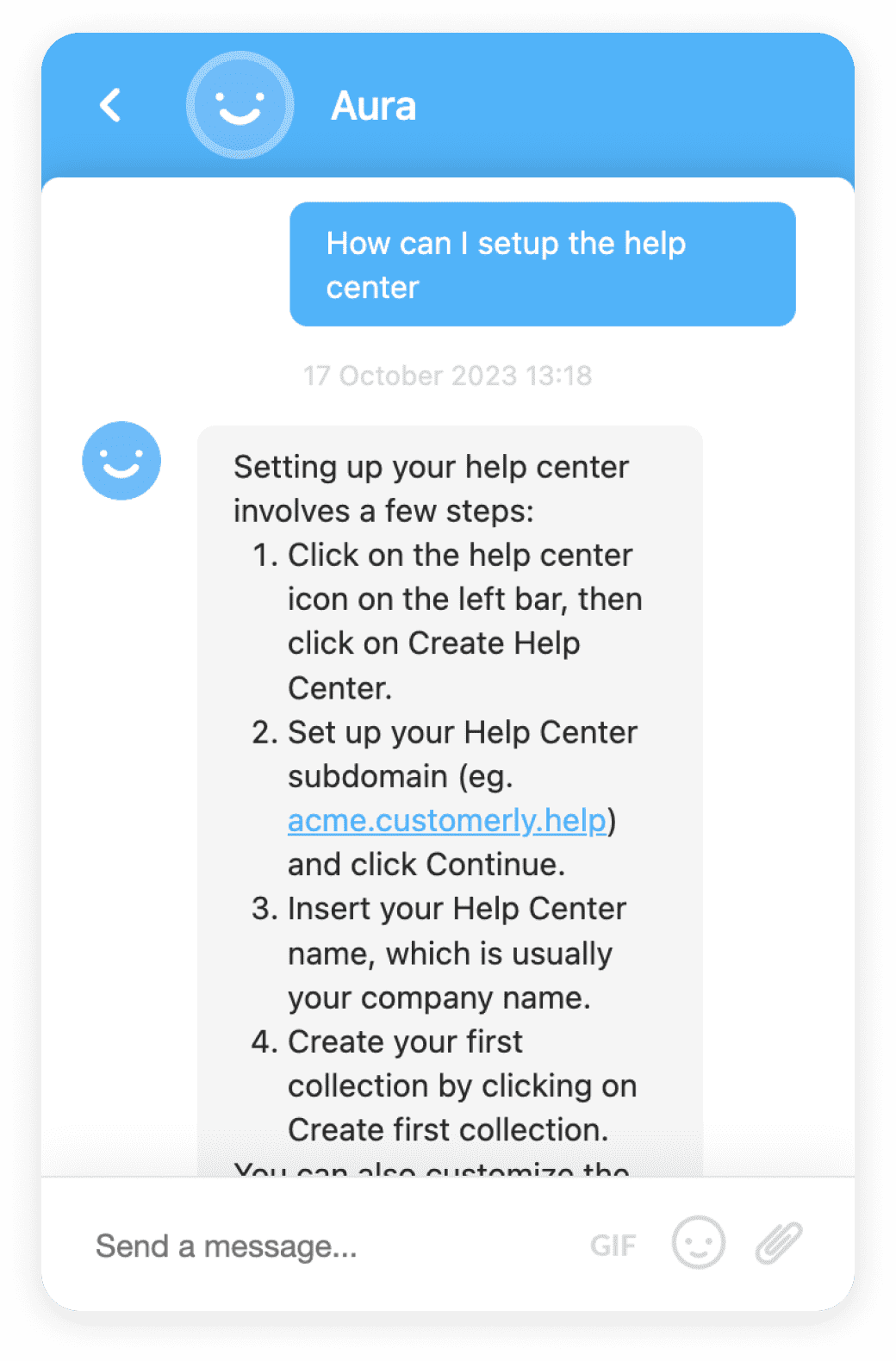Digital Body Language Tracking
Digital Body Language Tracking is a method of interpreting online user behaviors, used in marketing and UX design to improve user experience and personalize marketing efforts.
Definition
Digital Body Language Tracking is a modern method of understanding and interpreting online user behaviors. It involves the analysis of user's online actions, such as clicks, scrolls, mouse movements, and interaction with a website or application. This concept is analogous to interpreting physical body language in face-to-face interactions.
Usage and Context
In the digital world, understanding user behavior is crucial for businesses. Digital Body Language Tracking is used primarily in marketing, sales, and user experience design to understand customer's interests, preferences, and engagement levels. It provides insights into how users interact with a website or application, helping businesses to improve user experience, increase conversion rates, and personalize marketing efforts.
FAQ
What is Digital Body Language Tracking?
Digital Body Language Tracking is the process of analyzing and interpreting a user's online behavior, similar to how one might interpret physical body language in a face-to-face interaction.
How is Digital Body Language Tracking used?
It's used in marketing, sales, and user experience design to understand a customer's interests and preferences, thereby improving user experience and personalizing marketing efforts.
Related Software
There are various tools available for Digital Body Language Tracking, including Google Analytics, Hotjar, and Crazy Egg. These tools provide in-depth analysis of user behavior on a website or application.
Benefits
Digital Body Language Tracking offers numerous benefits. It helps businesses to understand their customers better, improve user experience, increase conversion rates, and personalize marketing efforts. It also aids in predicting future user behavior and trends.
Conclusion
In conclusion, Digital Body Language Tracking is a powerful tool for businesses to understand and cater to their customers' needs better. It's an essential aspect of modern digital marketing and user experience design strategies.
Related Terms
CRO (Conversion Rate Optimization)
CRO (Conversion Rate Optimization) is a systematic process that increases the percentage of website visitors who complete a desired action, thus improving a website's effectiveness.Conversion Rate Optimization
Conversion Rate Optimization (CRO) is the process of increasing the percentage of website visitors who complete a desired action. Learn more about CRO.Digital Marketing
Digital marketing refers to advertising delivered through digital channels. It's crucial for businesses to reach a wider audience and improve their branding.Digital Marketing Analyst
A Digital Marketing Analyst is a professional who analyzes data from digital channels to optimize marketing efforts.Digital Marketing Coordinator
A Digital Marketing Coordinator is a professional who manages and implements a company's digital marketing strategy, increasing brand visibility and sales.Digital Marketing Executive
A Digital Marketing Executive is a professional who manages a company's online marketing strategies, including SEO, social media, email marketing, and online advertising.Digital Marketing Manager
A Digital Marketing Manager is a professional who manages and oversees the online marketing strategy for a company. They play a crucial role in enhancing the company's online presence.Digital Marketing Strategist
A Digital Marketing Strategist is a professional who designs and implements online marketing strategies to improve a business's online visibility and customer engagement.Digital Marketing Strategy
A Digital Marketing Strategy is a plan that outlines how a business will achieve its marketing goals through online channels.UI/UX (User Interface/User Experience)
Discover the meaning of UI/UX, its usage and context, related software, benefits, and more. Understand why good UI/UX design is crucial for digital products.UX (User Experience)
User Experience (UX) refers to the overall experience a user has when interacting with a website, application or product, especially in terms of how easy or pleasing it is to use.User Experience (UX)
User Experience (UX) refers to the overall experience a user has while interacting with a product, system, or service. It aims to fulfill user needs effectively.User Experience Feedback
User Experience Feedback is the insights obtained from users about their experiences with a product or service. It's crucial for improving usability and user satisfaction.User Experience Optimization
User Experience Optimization (UXO) is the process of improving the interaction between users and a product, service, or website.











